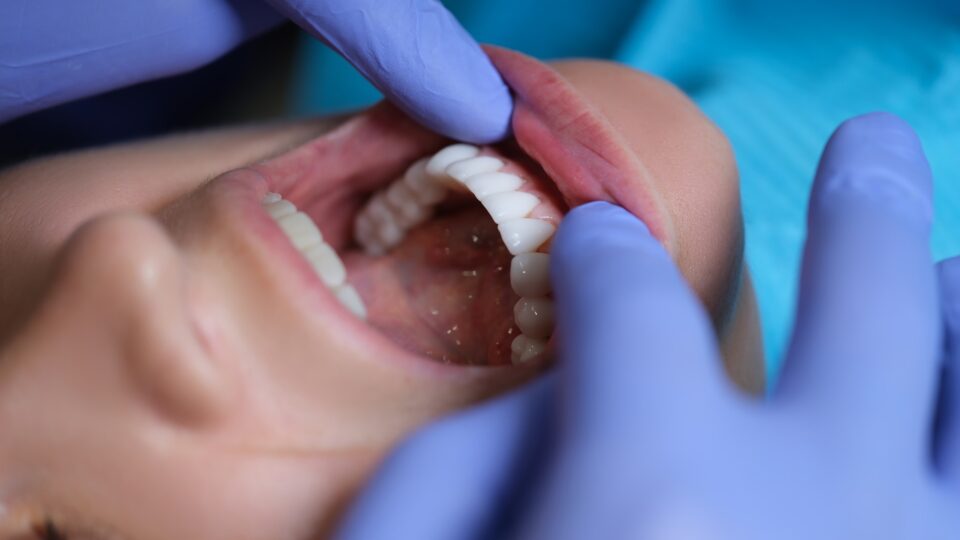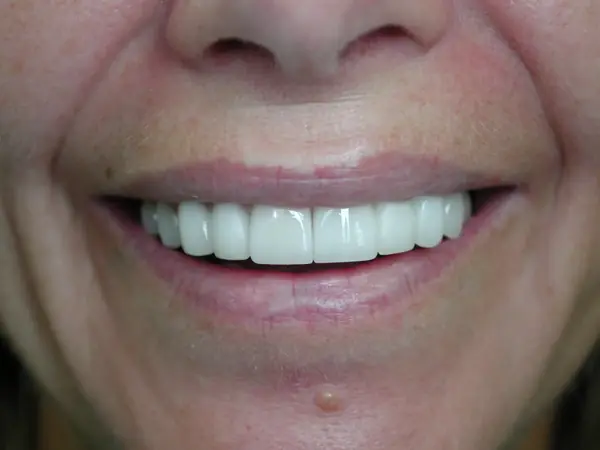Dental crowns have played a key role in restorative dentistry for centuries. If you have a damaged tooth, a large filling, or simply want to improve your smile’s look and function, crowns are a trusted solution. But dental crowns have come a long way from their early beginnings.
Today, advancements in materials and technology mean crowns are stronger, more natural-looking, and more comfortable than ever. This evolution has made crowns a reliable and popular option for restoring teeth and boosting confidence.
How Have Dental Crowns Improved Over the Years?
The story of dental crowns begins in ancient times, with early versions crafted from gold or other metals. They were strong but not exactly discreet. As dentistry advanced, so did the technology and materials behind crowns, leading to the high-performance, natural-looking restorations we have today.
- Material Advancements: In the past, crowns were mostly made from metals like gold or silver—tough and long-lasting, but not subtle. Now, options like porcelain, zirconia, and lithium disilicate combine strength with a natural tooth-like appearance. Porcelain, especially, can be color-matched to your teeth, creating a seamless look that blends into your smile.
- Precision and Fit: Old crowns often required a lot of manual adjustment and didn’t always fit perfectly. Modern crowns use digital scans, CAD (computer-aided design), and CAM (computer-aided manufacturing) to ensure a precise fit. This technology creates crowns that feel comfortable, look great, and last longer.
- Same-Day Crowns: Traditionally, getting a crown was a multi-week process. Today, many dentists offer same-day crowns using digital impressions and milling machines right in the office. You can fix a damaged tooth and walk out with your permanent crown in just one appointment.
- Greater Durability: Early crowns could crack, wear down, or become discolored. Today’s crowns, especially those made from zirconia or lithium disilicate, are highly resistant to fractures and stains. They can withstand the pressure of chewing and grinding for years.
- Improved Adhesives: Advancements in dental bonding mean crowns now attach more securely to your natural tooth. Modern adhesives create a strong, lasting bond, reducing the risk of crowns coming loose or falling off.
What Materials are Used in Modern Dental Crowns?
Choosing the right crown material makes all the difference for your dental health and appearance. Here’s a look at the most popular modern options:
- Porcelain: Favored for its natural look, porcelain can be matched to your surrounding teeth, making it a top pick for front teeth. While highly aesthetic, it’s more prone to chipping and best for areas with less chewing pressure.
- Zirconia: This ceramic material is known for its exceptional strength and durability. Zirconia crowns can handle the biting forces of back teeth and are biocompatible, reducing the risk of allergic reactions. While not as translucent as porcelain, new formulations are improving their appearance.
- Lithium Disilicate: A glass-ceramic known for combining strength with lifelike translucency, lithium disilicate crowns work well for both front and back teeth. They blend seamlessly with your smile and offer outstanding durability.
- Metal Crowns (Gold and Alloys): Gold and metal alloy crowns are incredibly durable and resistant to wear. They’re less common today due to their metallic look, but they’re still a smart choice for out-of-sight molars or for patients who need the toughest solution.
- Resin: Resin crowns are usually more affordable but lack the durability of other options. They’re often used for temporary crowns or areas under less pressure, as they can wear or stain over time.
- Porcelain-Fused-to-Metal (PFM): PFM crowns combine a strong metal core with an aesthetic porcelain outer layer. While durable, the metal base can sometimes show through, especially at the gum line, making them less popular for front teeth than all-ceramic crowns.
How Do Dental Crowns Compare To Traditional Fillings?
Crowns and fillings both restore damaged teeth, but their uses and benefits differ.
- Extent of Damage: Fillings repair smaller cavities or cracks. When decay or damage is more severe, a filling won’t offer enough strength. A crown, which covers the entire tooth, is used for larger restorations to protect what’s left and restore full function.
- Procedure: A filling is a quick fix, usually completed in a single visit by applying and shaping composite resin or amalgam. A crown requires more preparation—removing damaged areas, reshaping the tooth, and creating a custom fit. While crowns used to require multiple visits, same-day crowns are now available in many dental offices.
- Durability: Crowns are built for longevity and strength, often lasting 10–15 years or longer, especially when made from zirconia or gold. Fillings are more likely to wear down, crack, or need replacement—often within 5–10 years.
- Aesthetics: Modern fillings (composite resin) can be color-matched for a natural appearance, but crowns can be designed for a perfect fit and seamless blend with your natural teeth—especially important for visible teeth.
- Cost: Fillings are typically less expensive up front. However, if your tooth is weakened, a crown can prevent future damage and more costly repairs down the line.
Why Is It Important To Choose The Right Type of Dental Crown?
Choosing the right crown ensures the best outcome for your smile, your comfort, and your wallet.
- Functionality: Front teeth require crowns that look natural and blend with your smile. Back teeth demand strength to withstand chewing. Your dentist will help you choose a material and style that fits the tooth’s location and function.
- Aesthetic Results: For visible teeth, porcelain and lithium disilicate provide a natural, translucent look. Zirconia or metal may work better for molars where appearance is less important, but durability is key.
- Longevity: Some materials simply last longer. Zirconia and metal are especially durable, making them ideal for heavy chewing areas. Porcelain, while attractive, may need more care to prevent chips or cracks.
- Budget: Every material has a price point. While high-end options cost more, they often offer better durability or aesthetics. Discuss the options and their long-term value with your dentist.
Dental crowns have advanced tremendously, offering more options, better strength, and improved appearance. Today’s crowns can protect, restore, and beautify your teeth like never before. If you’re facing a damaged or weakened tooth, ask your dentist which type of crown best matches your needs, budget, and smile goals. With the right choice, you’ll enjoy reliable, attractive results for years.
Smile Confidently with Tailored Dental Solutions at Jaline Bocuzzi, DMD, PA
At Jaline Boccuzzi Dentistry, every patient is treated like family. Whether you need a dental crown, a routine exam, or a complete smile makeover, our expert team delivers custom care in a welcoming environment.
Schedule your consultation today and take the next step toward a strong, beautiful smile. We’re here to help you achieve the comfort and confidence you deserve—book your appointment now!


